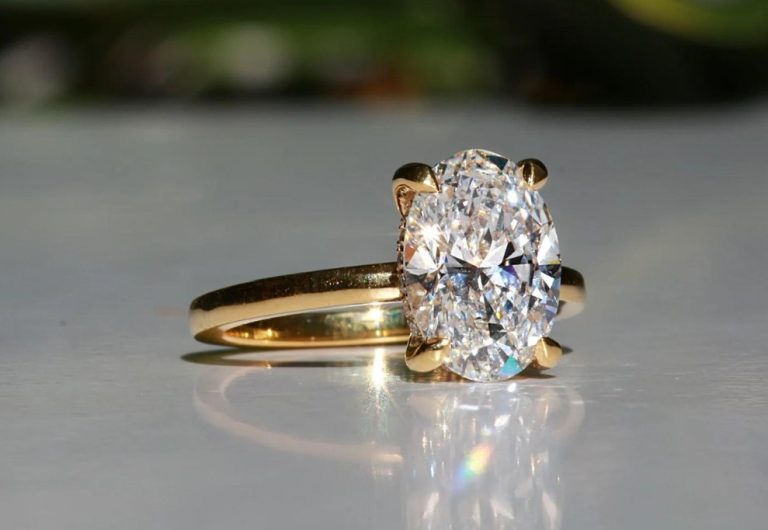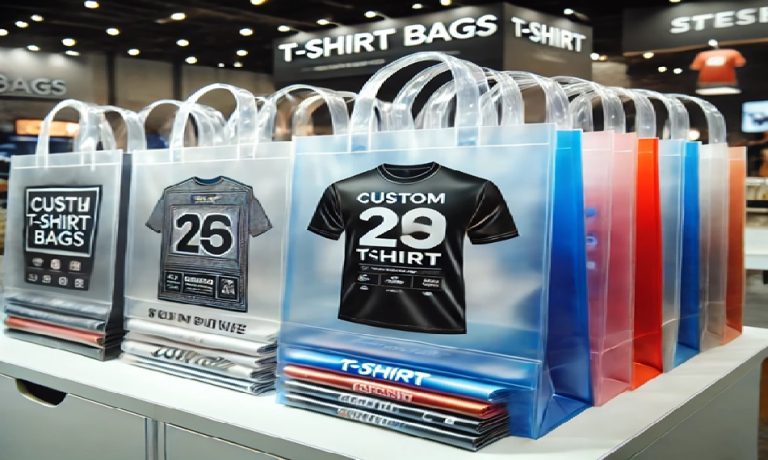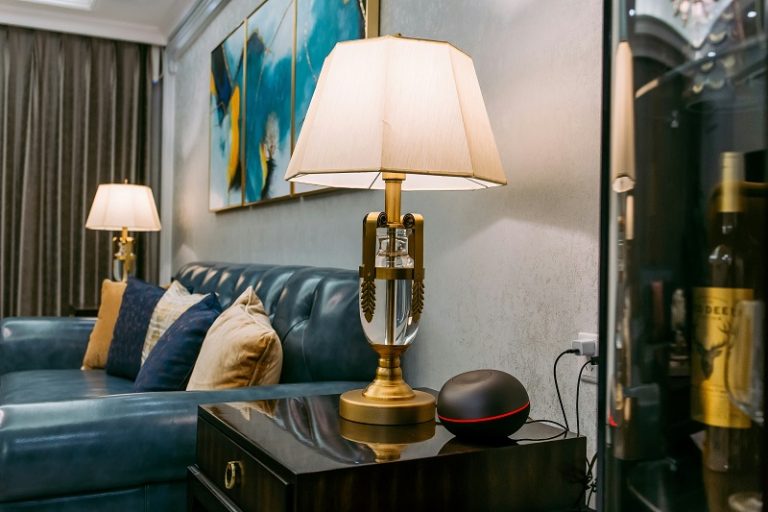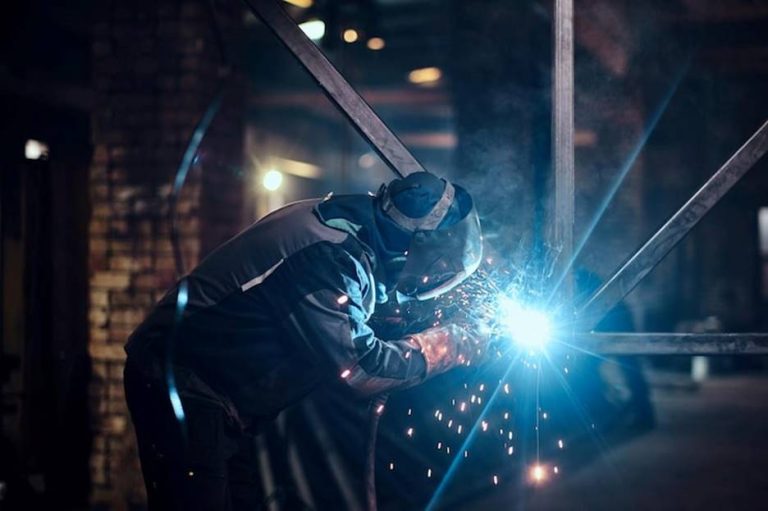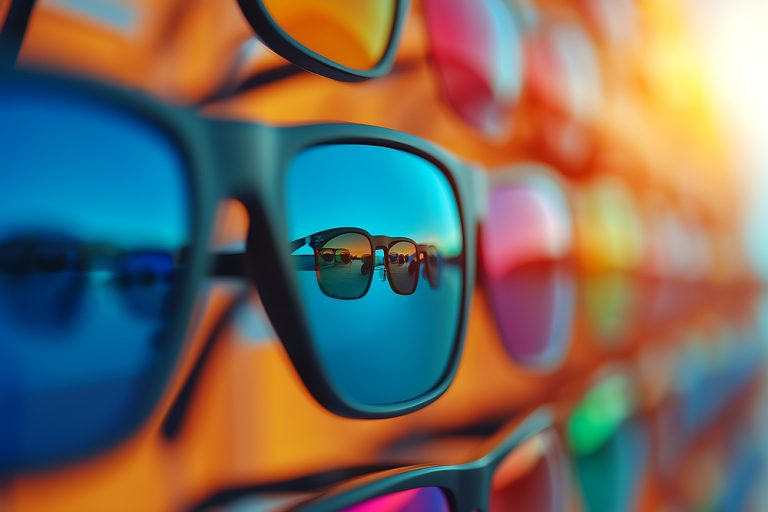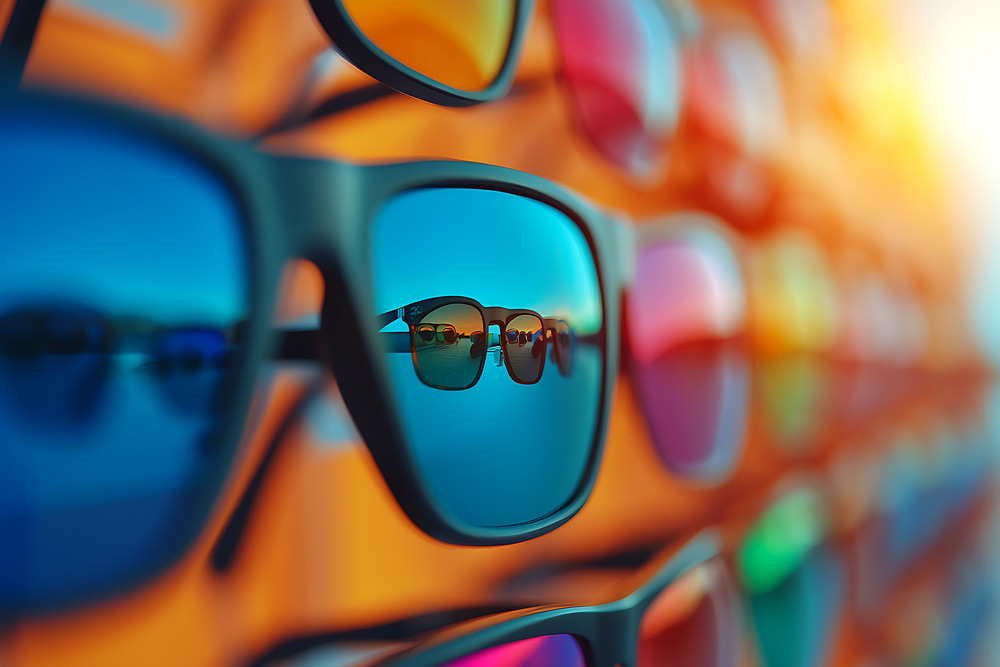
Every merchant hopes for those customers who casually toss extra stuff into their basket without a second thought. Impulse buyers lift your daily totals and your overall profits in a flash. Get into their thinking, and you unlock a powerful sales tool.
Understanding the Impulse Buyer Mindset
Impulse buyers act on emotion, not logic. They frequently want a fast mood boost. One person might toss a bright phone case into her cart to erase the memory of a cracked screen. Another might claim a bold necklace to feel a little fancier. The key emotion: self-improvement, momentary comfort, or simply novelty becomes your cue for better placement.
Impulse buying is increased by time pressure. Limited-time offers encourage quick purchases. Smart retailers apply this principle.
Strategic Product Placement
Location matters for last-minute purchases. Place enticing items where shoppers pause, like near scales, fitting rooms, or the register. Standing still and staring at your choices, they’re likely to say yes to that little extra.
Busy aisles closest to the entrance meet shoppers when their curiosity simmers. New arrivals feel ready to experiment and sample. That window of openness is the perfect time to place your most compelling impulse buys.
End caps at the aisle’s edge get instant visibility. Shoppers turn the corner, and the chosen products sit there, bold and unexpected. That quick moment of surprise can turn casual gazing into on-the-spot buying.
Layer your merchandise at different heights to capture all ages. A toddler spots the action-figured hero right at their eye line, while the parent spots the matching costume above. When the display creates layers, the whole family notices.
The Power of Visual Appeal
Bright, bold colors and striking patterns pull impulse buyers forward. The experts at Olympic Eyewear say that wholesale sunglasses with colorful frames often outsell basic black ones because they create stronger emotional responses. A display that pops feels playful and inviting, never static or dull.
Light is your silent salesperson. When the right fixtures wash a product in soft, inviting brightness, the item feels luxurious and must-have. Dim, flat lighting, on the other hand, can send even a top item straight to the clearance rack.
Pricing Psychology That Works
Stick to the magic price points. Let impulsive buys stay under $10, or under $20 if you really need to. At those levels, customers don’t have to run the idea past their conscience or their families. Go even a touch over, and they suddenly want to think it through.
Price items at $9.99 instead of $10.00. The brain perceives large savings despite the minor difference.
Set up quantity discounts that play into the happiness of saving. “Buy two, get one free” or “Mix and match 3 for $15” nudge customers to grab more than they came for. They feel clever for saving; you feel clever for upselling.
Creating Urgency Without Pressure
Create urgency the easy way. Show “Only 3 left” or “Limited stock” on the shelf tag. Those simple words activate mild anxiety; what if a customer wants it tomorrow and it’s gone? They act fast, you sell faster, and everyone leaves a little more satisfied.
A flash sale that runs a few hours shifts the atmosphere; it sends shoppers from their couch to the checkout. Drop the news on social media and in a quick email, and watch them roll in. A deadline this tight cuts second-guessing and turns curiosity into a checkout ding.
Conclusion
Combine impulse buys with shopper psychology to maximize profit. Position the item, polish the packaging, price it to seem like a steal and whisper a soft but steady reminder that time is short. Success is built on small, tested changes.

